One of the most basic principles of prepper OPSEC is to hide your preparations, so that others don’t get an idea of what you’re doing. While that is a good idea, it’s not always easy to accomplish. Some things are easy to hide, while others, well, they’re more like trying to hide an elephant in your garden.
Such is the case with water. It’s not that water in and of itself is so hard to hide, but that you need so much of it. That’s what makes it hard to hide. If all you had to do was hide 100 gallons or so, then you could put it in your basement and be done with it. But you need a whole lot more water than that, which means that you’ve got a problem finding a place to put it.
How Much Water Do You Need?
Let’s start out by looking at how much water you really need to survive. The average American family of four goes through roughly 400 gallons of water per day. Of course, that’s in normal times, not in times of crisis. When survival is the key, you can get by on a whole lot less water than what you normally use; especially when you consider that a lot of the water we normally use just goes down the drain.
But that doesn’t mean that you can get by on one gallon of water per person per day, as many survival instructors are saying. Actually, what they are saying is that one gallon of purified water is enough for drinking and cooking. That’s not the same as saying that’s enough to live on for the day.
You also need water for washing your body, your dishes and your clothes. If you are using your toilet, you’re going to have to flush it once in a while. Finally, you need water to keep your vegetable garden growing, even if you let the flowers and grass wither.
So, what’s the actual figure for the amount of water you need? That depends a lot on how well you learn to conserve water. But the actual figure is closer to five gallons per person per day, not just one. Even that’s going to be a challenge.
Some Basic Water Survival Water Conservation
There are lots of things you and I can do to conserve water in an emergency. To start with, during a crisis we wouldn’t be using our appliances, which are very wasteful of water. Washing dishes and clothes would be by hand, which can be done with very little water, if you are careful.
In third world countries, they bathe out of a bucket, which can be done with less than a gallon of water, including washing hair. You basically use about a quart of water to wet down your hair, allowing it to flow down your body as well. Then you soap as needed, much like a sponge bath. Then shampoo your hair. When you rinse your hair, it will rinse your body as well. Voila, a third-world bath!
If you put your clothes in the bottom of the shower while you’re bathing, you can get a head start on them as well, reducing the amount of water you’ll have to use to wash them. Once your bath is over, put the wet clothes in the bucket, until you’re ready to wash them out.
The water you use for washing is called grey water. It can also be used for watering your garden, saving yourself a bit more water. I have a lot of the grey water from my house going right to the garden or the trees, making it possible for us to save on water.
Where to Hide Your Water
No matter how well you conserve water, you’re still going to need quite a bit of it. So, you’ve got to find a place to hide it. A lot of people talk about filling milk jugs with water and hiding them under the bed. That’s fine for your drinking water, but it won’t allow you to stock enough water for all your needs.
It’s actually easier to stock your water in larger containers, rather than smaller ones. Small containers tend to waste space, specifically the space between the containers themselves. So, if you store water in 55 gallon drums, you can get more water into the available space. You also save money.
If you store it in 150 gallon chemical storage tanks, you can do even better. I use 750 liter (198 gallon) tanks, as they are five feet in diameter, making them the largest ones that I can fit in my pickup truck.
The question then is, where do you put those tanks? I have one in my garage and one on my back porch. But between the two of them, that only accounts for 400 gallons. If we’re actually going to need five gallons of water per person per day, then that’s only enough water for 20 days. However, if we’re just talking drinking water, it’s enough water for 100 days.
You can see the problem, can’t you? If you have a basement (I don’t) you can store more water down there. Maybe you can’t fit 200 gallon tanks down there, but you can fit 55 gallon drums.
Video first seen on Super Funny Videos
Storing Water in Plain Sight
The easiest way of storing water, without raising any questions, is to store it in plain sight. What do I mean by that? Well, let’s start with my 200 gallon water tank of the back porch. I’ve put a screen around it to hide it from casual view, but my neighbors know it’s there. So, I told them that it’s a water tank for my vegetable garden. The tank allows me to add chemicals to the water, fertilizing the plants at the same time I’m watering them.
In this way, my neighbors don’t think anything of a water tank being on my back yard. In fact, I’d venture to guess that they’ve even forgotten it’s there. The explanation I gave made sense, so that it was no longer a curiosity. They’ve seen me filling it and they’ve seen me emptying it to water my garden. So, as far as they’re concerned, I’m doing exactly what I said. They don’t have to know that I’m emptying and filling it to keep the water fresh.
Another way of doing just about the same thing is to put in a rainwater collection system. Many preppers are already doing this, with some attaching as many as four barrels to their system. That’s 220 gallons of water. Not only that, but it’s a renewable resource.
However, my favorite way of storing water in plain sight is to use an above ground swimming pool. You can buy these fairly inexpensively at your local big box store. They usually come with some sort of rudimentary filtering system, which you can easily improve.
Like a larger pool, they need to have the water tested and chlorinated regularly, in order to keep it clean. But, while your kids are using it to cool off in the summer, it’s providing your family with a fairly large emergency water supply.
To give you an idea, let’s see some examples:
- A twelve foot diameter swimming pool that’s three feet deep will hold around 2500 gallons of water. You can buy that pool for less than $100.00.
- A 16 foot diameter swimming pool that’s four foot deep will hold around 6000 gallons of water. That’s twice what my two tanks hold together, providing enough drinking water for a family of four for 200 days or enough water at five gallons per person per day for 40 days.
- A 20 foot diameter pool jumps the total water volume up to 9300 gallons. That’s enough water for the family to use for 64 days, or over 300 days of drinking.
Short of burying a water tank in your backyard, a swimming pool is the best way of storing large quantities of water for your family to use in a time of emergency, without it being obvious. You’ll need to maintain the pool, adding chlorine regularly, but you’ll have a reliable source of water for your family to use. That makes it worthwhile.
Of course, your neighbors will know that you have a swimming pool and may even come around asking for water when times get bad, just like they’ll come around asking for food. You’ll have to figure out how you are going to handle that, but I would give them a minimal quantity of water, say a gallon (in their own container) and tell them where they can get water from ponds, streams and canals in the area. You might even give them some guidance on how to purify that water, helping them to increase their chances of survival.
This article has been written by Bill White for Survivopedia.



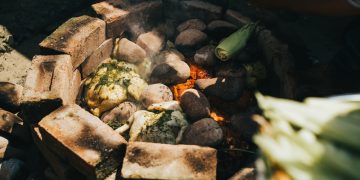

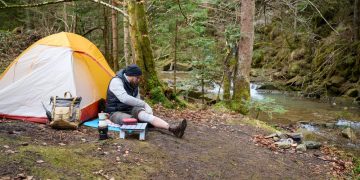

















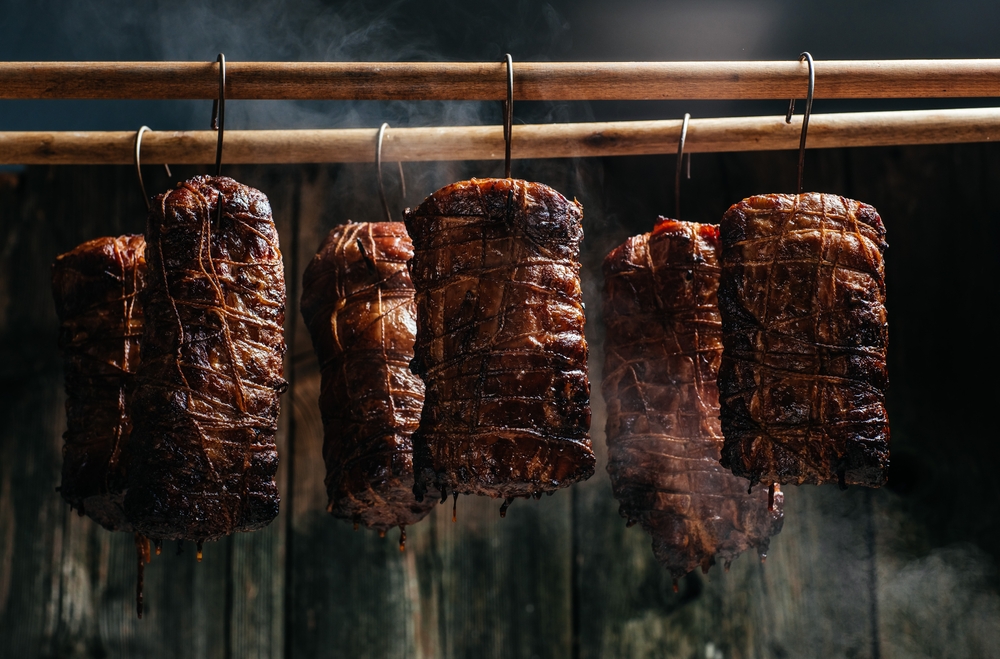
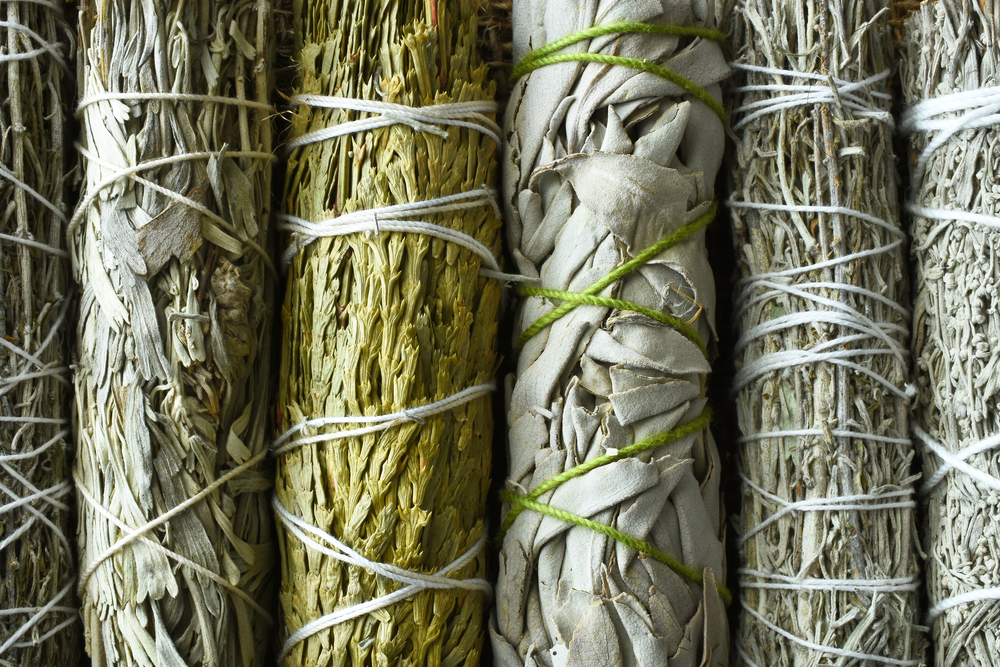
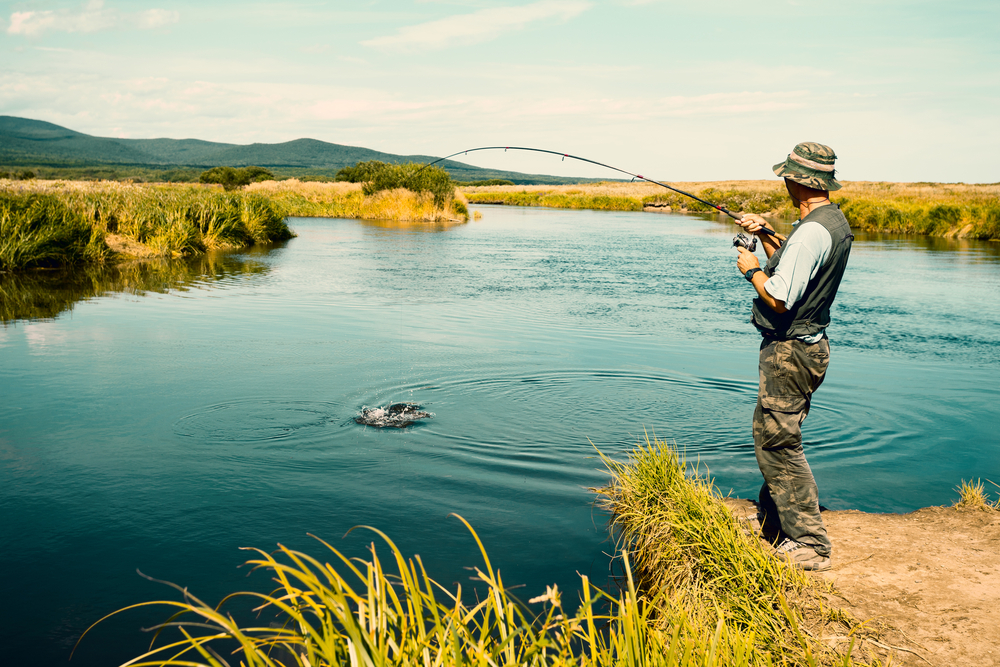

















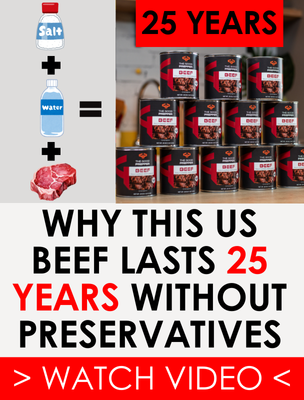










































I have an old (160yr) house. and I am currently working on restoring my cistern system I discovered under my back porch. The thing is a HUGE brick underground tank over 10 feet in diameter and at least as deep. Some of the piping from the roof gutters still leads to it but it has long been blocked and the lid was cemented over, perhaps a century ago when City water became available.
But People used these things before city water was available for their primary water source in my Southern Mississippi town. ALL my neighbor’s (in the older houses) have one. the rain kept them full, and a hand pump on the back porch got the water out as needed.
I am having a concrete cutter friend of mine saw off the blob of cement holding the lid on and I plan to redirect the roof drains into it. I already have the pump.
Hey, if it does not work, I am fine too–it is big enough to use as a storm shelter if need be also–which was my first idea anyway until I considered using it for its original purpose.
Bill,
Better check your math! Your pool sizing in gallons is way low.
You’ve calculated the cubic feet in each pool, you need to multiply that by 7.48 to get the gallons.
How can I capture water from the washing machine for the vegetable garden
and is there a convenient system for getting water from te upstairs showers and tub with out hauling it up and down the stairs?
What safe chemicals do you use to keep your stored drinking water clean and safe?
Thank you
Penelope,
First you have to check with your community water department to see if they even allow gray-water (sink/bathtub water) to be used on one’s own lawn/garden. Then, if approved, talk to a plumber about the best way to install a gray-water system, and with a storage reservoir for your garden. In my community the toilet and sinks all drain together (with rain runoff) to the same place; and the community wants the gray-water to carry the toilet debris to the treatment facility, so they will not approve gray-water systems like you are considering because that could cause clogs in the sewers if a lot of people were not emptying sinks into the system. If your community won’t allow it, a licensed plumber cannot do it. Then if you have a relative do it for you, make sure you install it in such a way that you can dismantle it before your home is sold (in the future) so that you don’t face a big fine.
Seriously? Regarding a crucial matter for the survival of you and your family such as water, you’re going to voluntarily consult with a government bureaucrat first to a-s-k his/her permission? That is bad advice, with a capital B! You need no permission to do what is necessary for the survival of your family in the event of a SHTF situation. Having utilized gray water long before a crisis is a wise idea as you will been well accomplished by the time you really have to depend on using gray water in place of the drinking/cooking water you will require for survival….
I haven’t done this, but what sprang to my mind was buying a small sump pump, putting it in your laundry tub and running a hose to your garden. Easy enough to take apart in the off season.
Bill, good article. Agree that OGP is the best way store water for most people, but can’t use clarifying agents, which keep it from going frog pond green. Also, doubt neighbors will accept one gal of h20 when you have a pool full and doubt anyone wants war with neighbors. Plus, question of how to keep water from freezing at least on surface and breaking pool. SHTF may not be only in summer.
The 12 foot pool holds 339 cubic feet of water which is about 2536 gallons
Hi. During Desert Shield/Storm I bathed in a small tub the size of a plastic container you use to change the oil of a car. It was simple. Put a 5 gallon metal watercan in the sun for awhile (to warm it up). Pour into the “oil-change bucket” a gallon and a half. Get on your knees, stick your head in, wet it, wash your hair; stick your head in again for a rinse; and then wash your arms the same way, wash your feet and legs the same way, and lastly wash your mid section by splashing water from the tub for lathering and also for rinsing. It worked fine and was no nuisance considering where we were (being clean was worth what really wasn’t any trouble). Did that about every day for 6 months. My opinion is that if water ever gets so tight that all one has is a gallon or two daily, that would be used for drinking/cooking, minimal wash-cloth bathing (now and then); and one pot/plate/spoon+knife would get the wash cloth treatment also, for the most part. The gray-water would go to garden items (nothing would be wasted in a drain). The toilet as handy as it is, would become plastic bags for the backside, and juice containers for the front side, and buried after use (or frozen outdoors for later burial during winter). I would even do some silverware/plate cleaning with dew on the grass early in the morning; and actually I’d probably eat right out of the container I cook it, since the heat of warming it, prior to cooking would kill any germs on it. If I wanted to eat off a plate, I had better buy a stainless plate so I can burn off bacteria, etc. before the food goes on it. If there is more water, one can shower with one of those portable hanging shower bags. It worked well for me in desert/dusty sands and still works 25 years later (when kept clean and shaded).
One of the most effective ways to store water if you’re serious is to bury a swimming pool in your backyard, place Infiltrators (R), PVC piping, or other hollow media in the pool, backfill it with washed sand, and place an 8″ diameter vertical standpipe to the bottom of the pool to dip or hand-pump water out of. Cap off the stand pipe until needed. You can plant grass over it but don’t fertilize it. The water should be recycled with a pump a couple of times per year to bring clean water to the storage area.